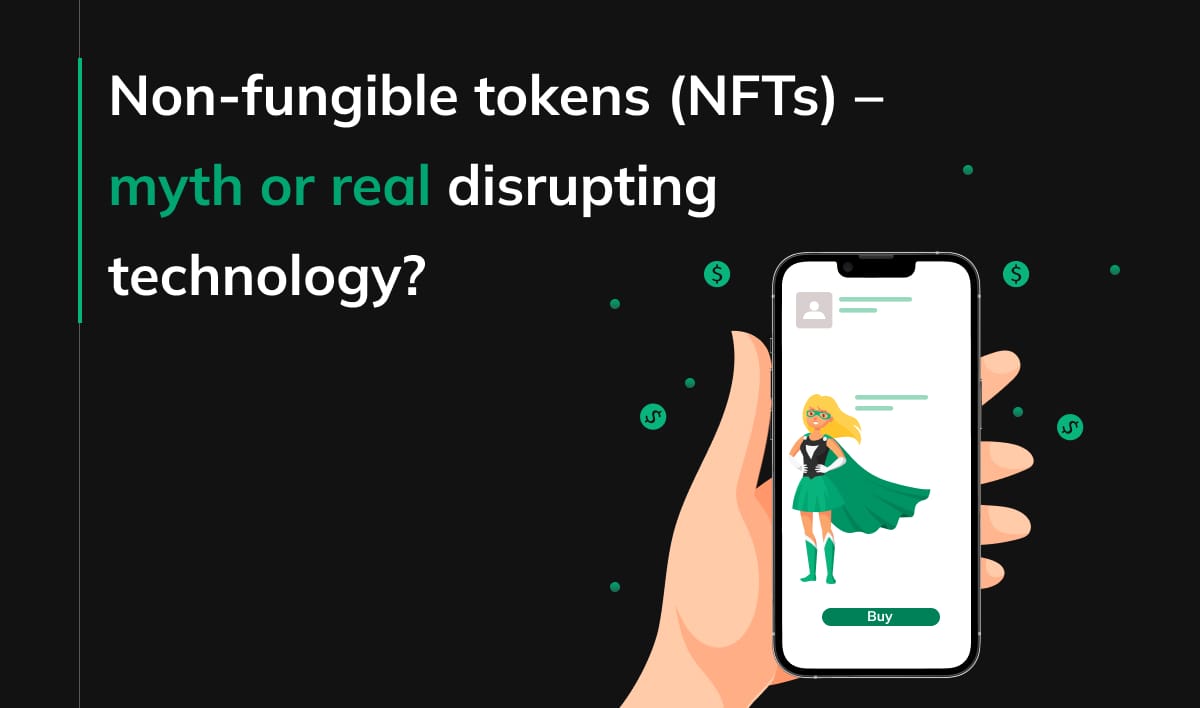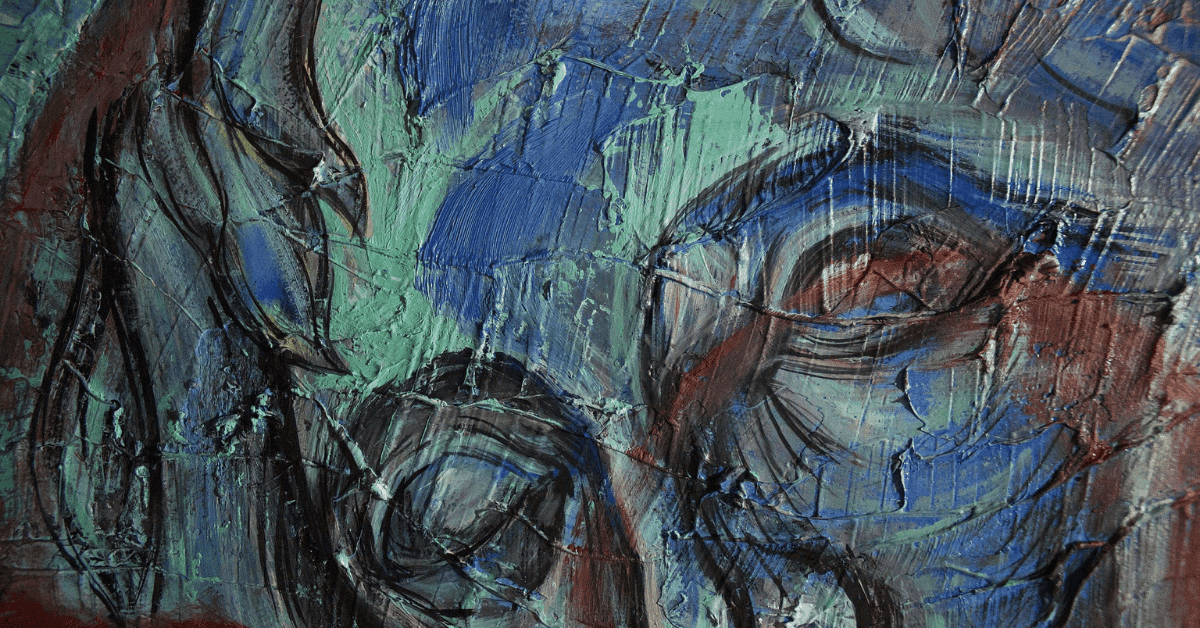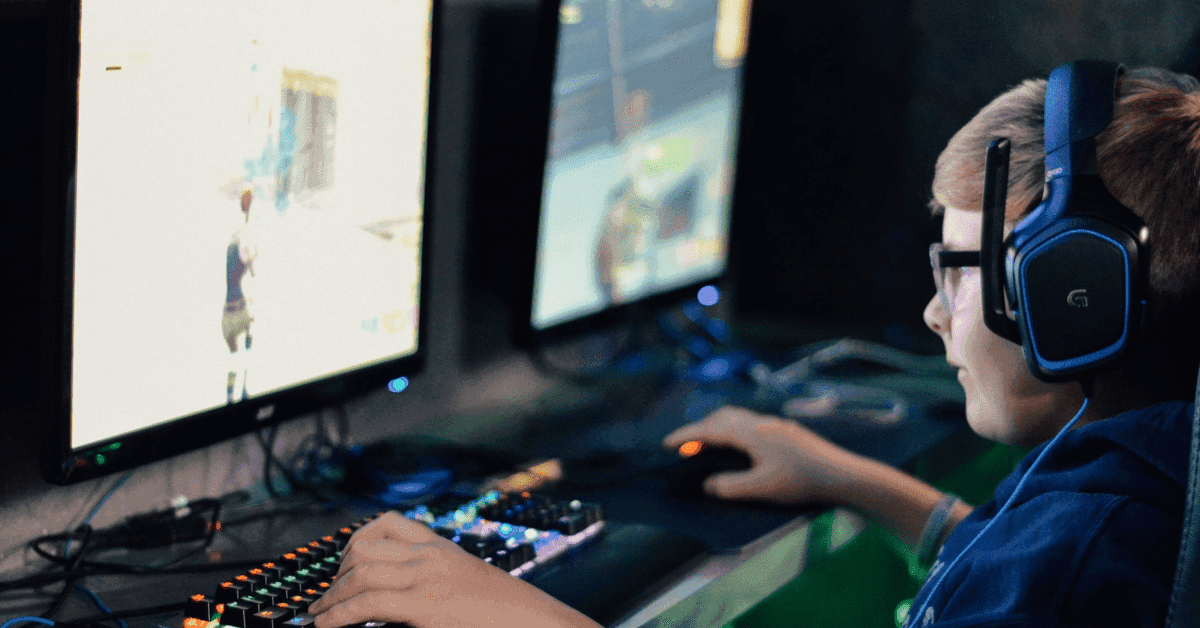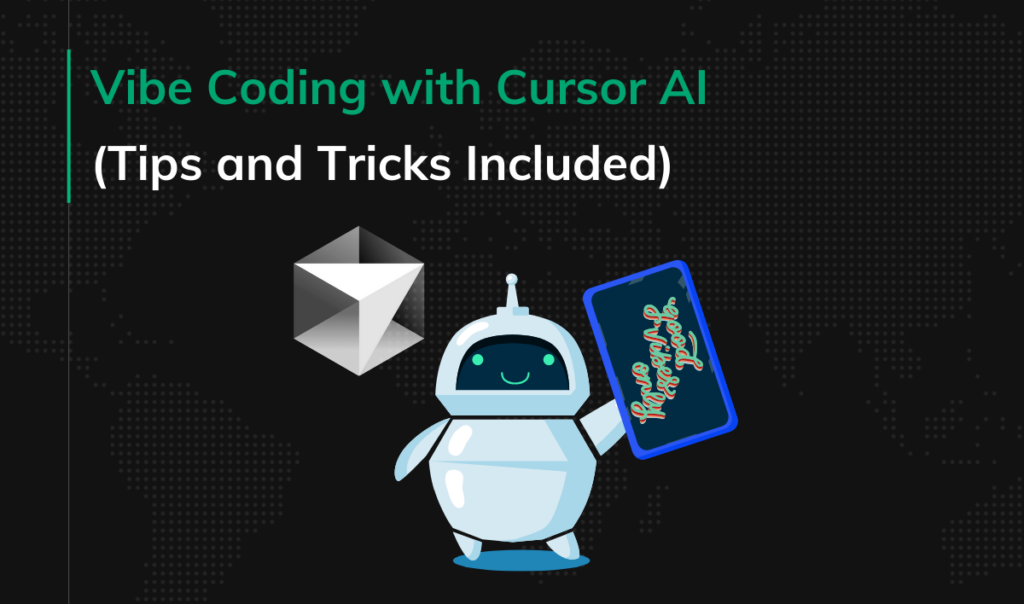Non-fungible tokens (NFTs) – myth or real disrupting technology?

The excitement around NFTs (Non-fungible tokens) arrived on a similar narrative to the gold rush, dot.com bubble, or other recent price surges such as GameStop and Dogecoin (meme crypto coin). But history also teaches us to be careful about dismissing NFTs as a passing fad, since the importance of technological innovations often becomes clearer once the hype dies down. Many commentators for instance dismissed the influx of tech companies around the dotcom bubble of the late 1990s, only to be proven hopelessly wrong when Amazon, Google, and Facebook climbed up to the Top 10 of Fortune500 rank.
What are the NFTs?
NFTs are tokenized versions of assets that can be traded on a blockchain, the digital ledger technology behind cryptocurrencies like Bitcoin and Ethereum. Moreover, they can be easily traded between different blockchains. They are interoperable and transferable between people around the world. That is why they are the perfect technology solution to “digitize assets” and use “digital tracking” to measure its value for the owner.
How NFTs can be used
Unlike coins and bills, some goods are unique, and cannot be physically exchanged. So far, their trade has faced some challenges, such as determining whether the work is genuine, who is the author, and who owns it. When buying some goods, you might have feared that the seller would cheat you. It looks like that is all coming to an end now.
NFTs in art
Let’s assume that some artist creates a unique digital design. Usually, he or she would use some marketplaces to sell it to somebody. Instead of that, they could earn more audience and profits by publishing it, increasing it’s value and selling a piece of it like shares of a company. When artists use NFTs to sell their work, they can divide the full artwork into pieces and each person can own a unit.
Furthermore, the artists-owner can attach stipulations to an NFT that ensures they get some of the proceeds every time it gets resold, meaning they benefit if their work increases in value. In turn, people who are interested in buying such a piece of art, thanks to blockchain technology, have full transparency and can check the history of the asset.

NFTs in media
Some market experts believe that NFT’s will start a real revolution by releasing full human creativity potential. Now everybody could become a designer, owner of unique items. The same pattern can be observed in the rich media market, where traditional mainstream TV stations are being disrupted by Youtube and its galaxy of content creators.
NFTs in real estate and trade
NFTs could also transform markets like real estate, land ownership or vehicle sales. We must be aware that only 30% of the global population has legally registered rights to their land and property (legal and financial reasons).
NFTs in the gaming industry
Next comes Gaming. This booming industry will blend with the NFTs like coffee with milk. Gamers will trade their unique digital items or characters with each other without the use of third parties, currency exchanges, or scams. You may not realize how much potential this industry holds and how many digital items are traded in the most popular online games, such as World of Warcraft.

NFTs in the memorabilia and collections trade
NFTs create opportunities for new business models that didn’t exist before. Let’s take a look at the sports memorabilia. Around 50% and 80% of items sold globally are thought to be fake. Blockchain technology gives the opportunity to put these items into NFTs with a clear transaction history back to the creator and actually overcome 100% of this counterfeiting problem.
Disruptive power in ownership
Let’s discuss the rules of ownership disruptive potential. Transactions in which ownership of a thing changes hands usually depend on some commission-based middlemen (sometimes this is a necessity to get access to the market) to establish trust in the transaction, exchange contracts and ensure that money changes hands.
Blockchain transactions will change this status-quo. Everything will be recorded on blockchains and secured by Smart Contracts. This way the owner will have a broader customer audience and more profits from his / her work.
The race has started…
Blockchain is a very young and vibrant market. NFTs have emerged as a great concept thanks to the dynamic development of Smart Contracts platforms like Ethereum. A few months later we experienced the launch of several NFT markets like OpenSea, Enjin, and Rarible. However the niche is still very new and small, we are very far from saturation. It seems that it is a good time to create your own NFT project.




